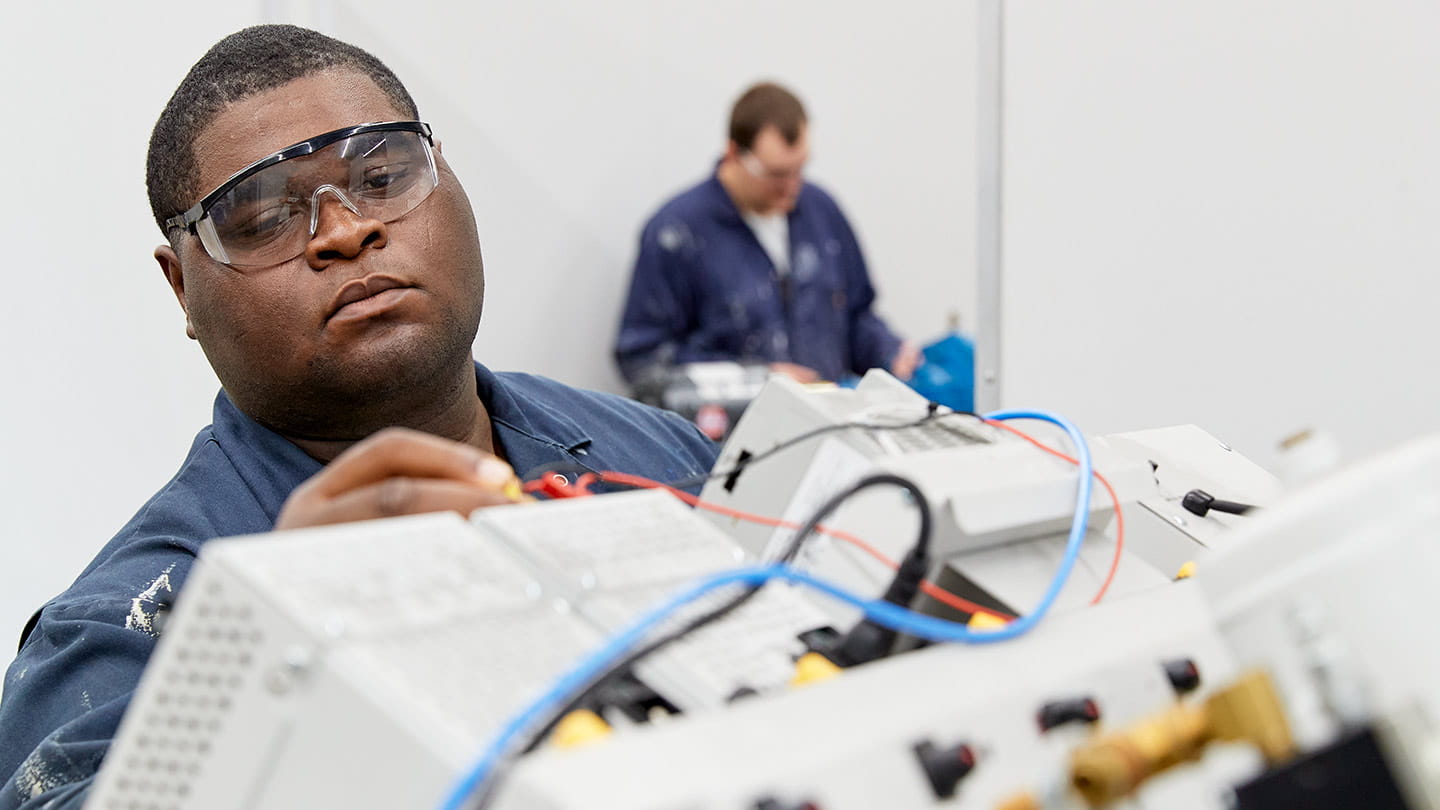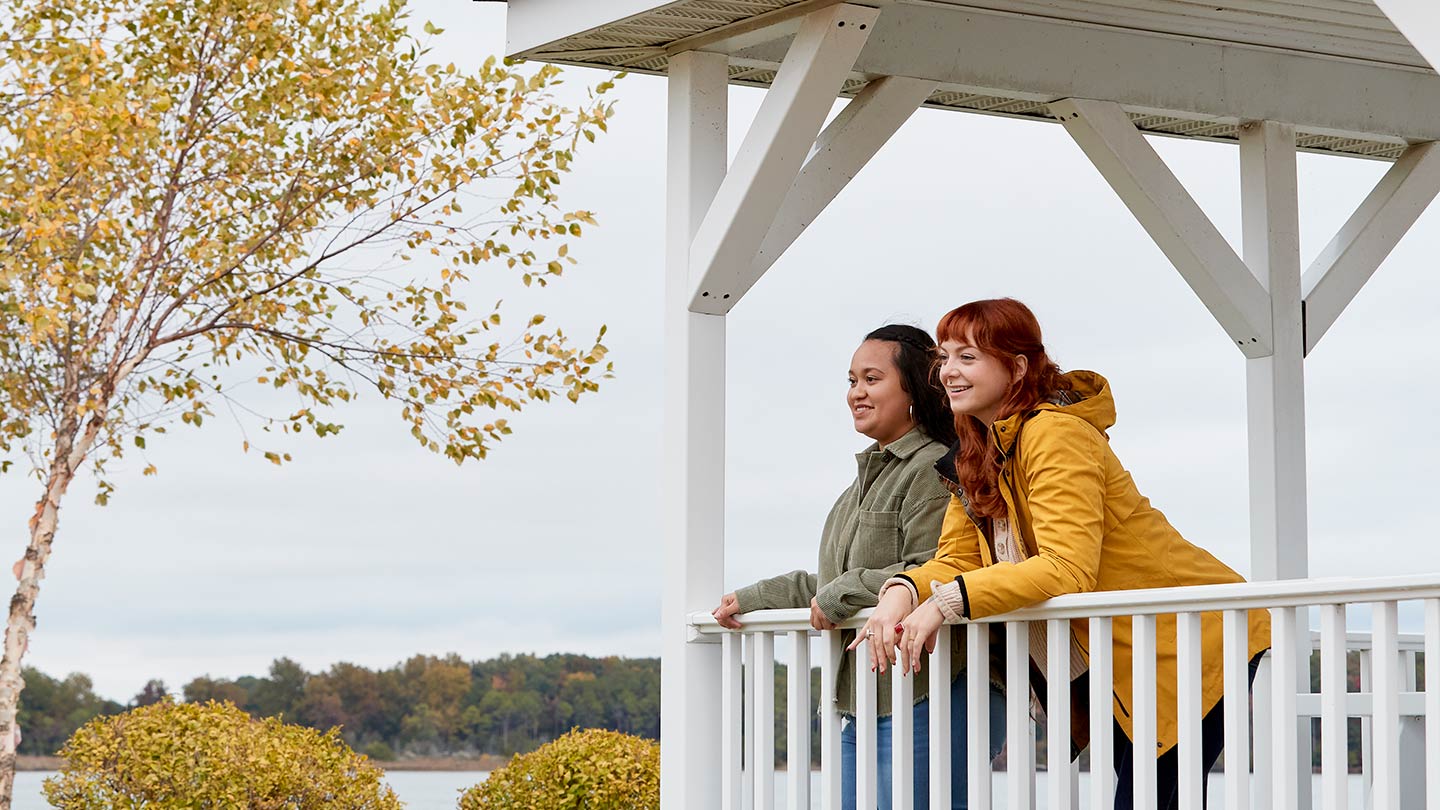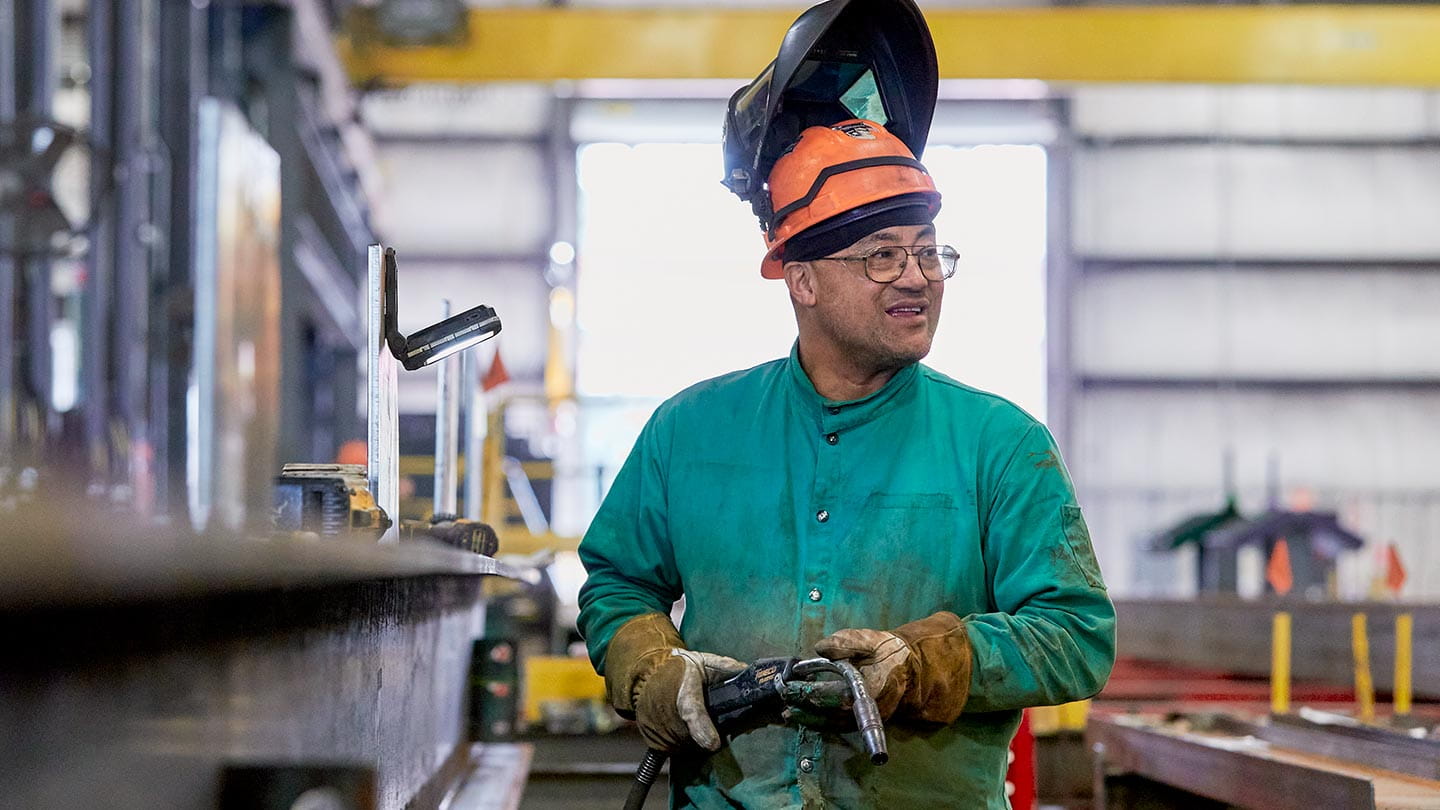Biodiversity
A clean energy buildout in balance with nature
In the United States, restoring natural ecosystems and expanding clean energy are two sides of the same coin. Clean energy reduces greenhouse gas emissions that contribute to biodiversity loss, while healthy ecosystems regulate our atmosphere and provide protection from extreme weather. By approaching renewables with a nature-conscious mindset, we’re building clean energy projects that benefit ecosystems, wildlife, and communities.
Why is biodiversity important?
Biodiversity is the backbone of a resilient planet – the healthy, balanced ecosystems that provide clean air, fresh water, arable land, and diverse wildlife. For millions of people, biodiversity is also the key to their livelihoods, ensuring plentiful crops, generous fish stocks, and natural materials for construction, art, medicine and more.
That’s why Ørsted is working to restore and preserve biodiversity across America. We’re collaborating with leading conservation experts and local communities to deliver clean energy projects that support natural ecosystems. We see renewable energy as a solution that addresses both climate change and biodiversity loss, and have started taking action to conserve ecosystems. Our key biodiversity ambition is to have all renewable energy projects commissioned by Ørsted from 2030 onward make a net-positive biodiversity impact.
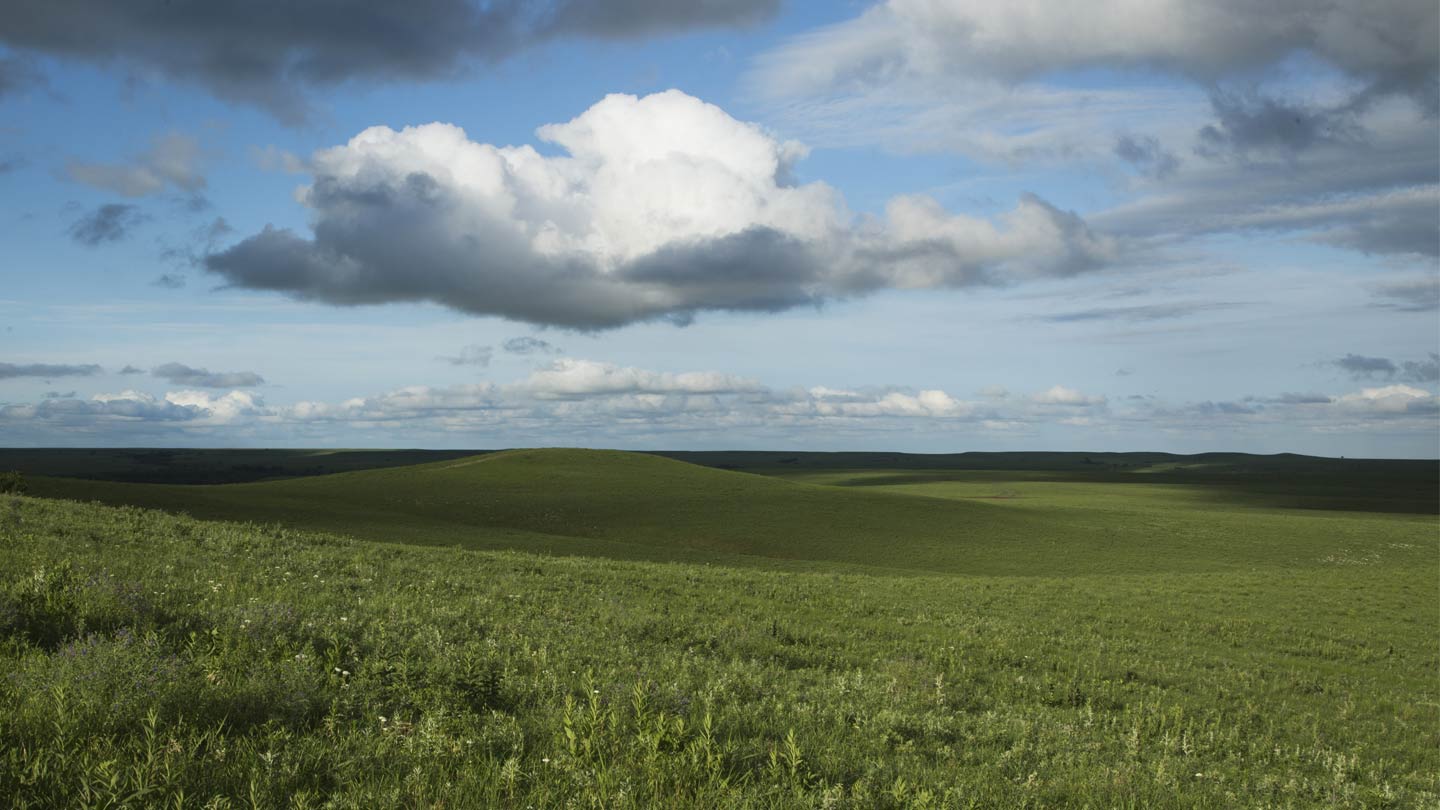
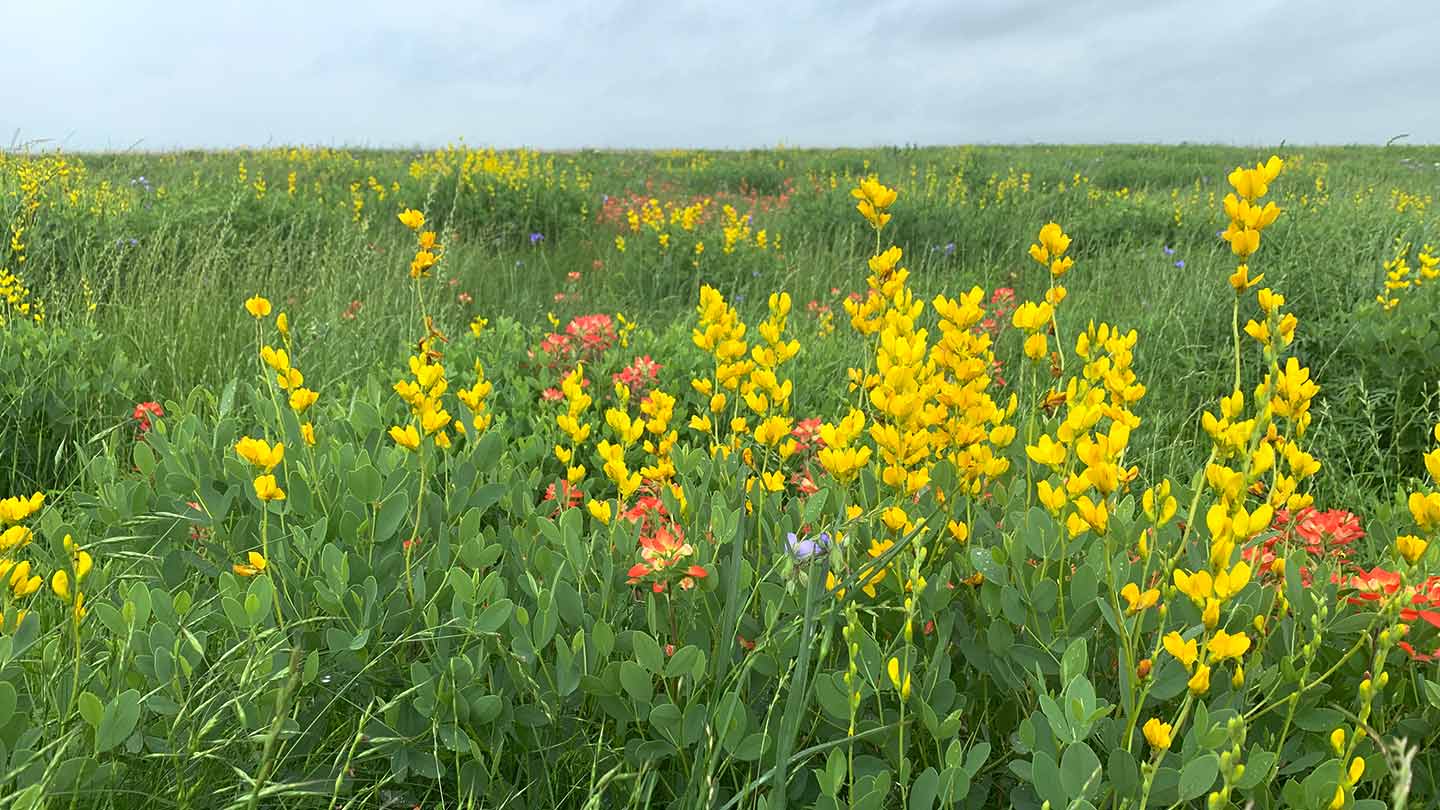



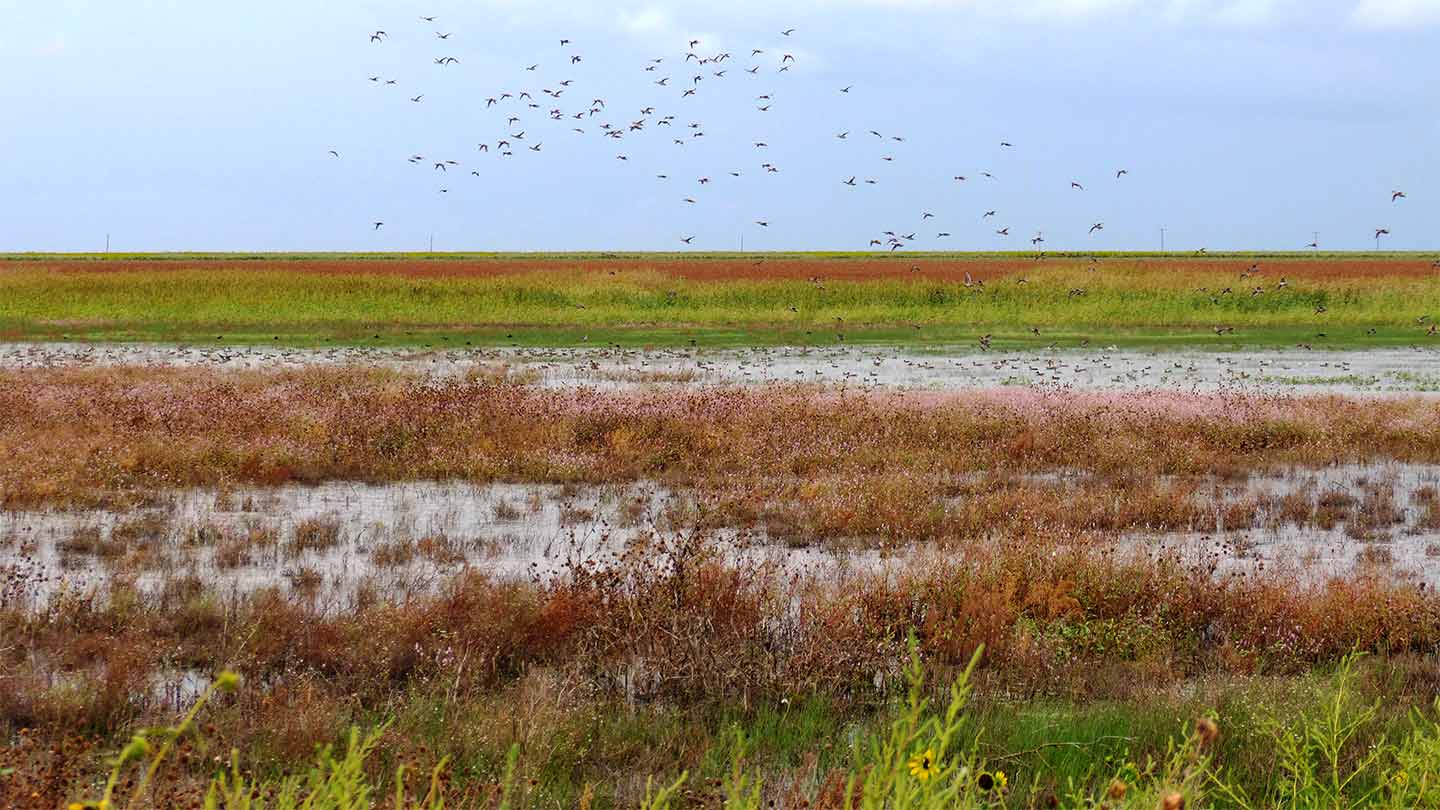



.jpg?mh=1440&mw=1440&rev=092e68b421294dce9f9b60c9dcbb0b63&hash=3F4E08E076F0E57BB32CB50C71B18F9D)



